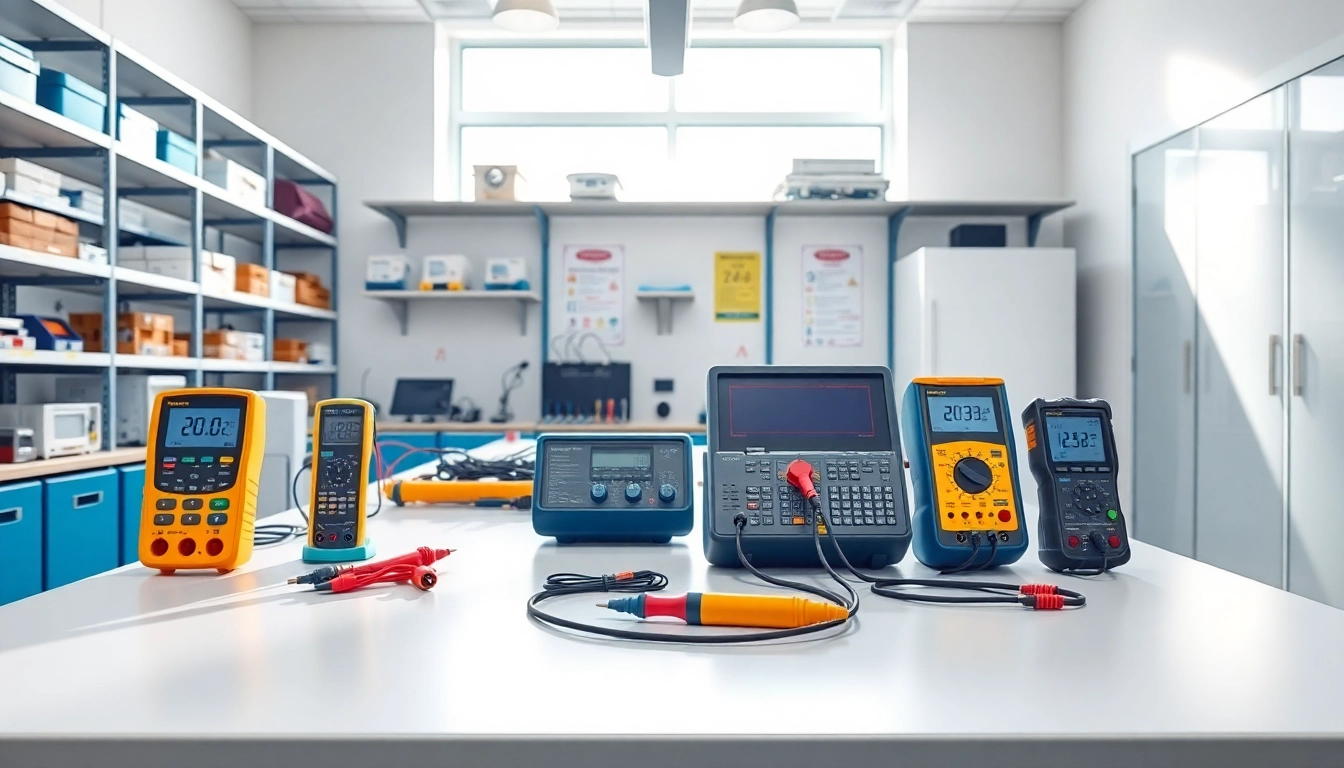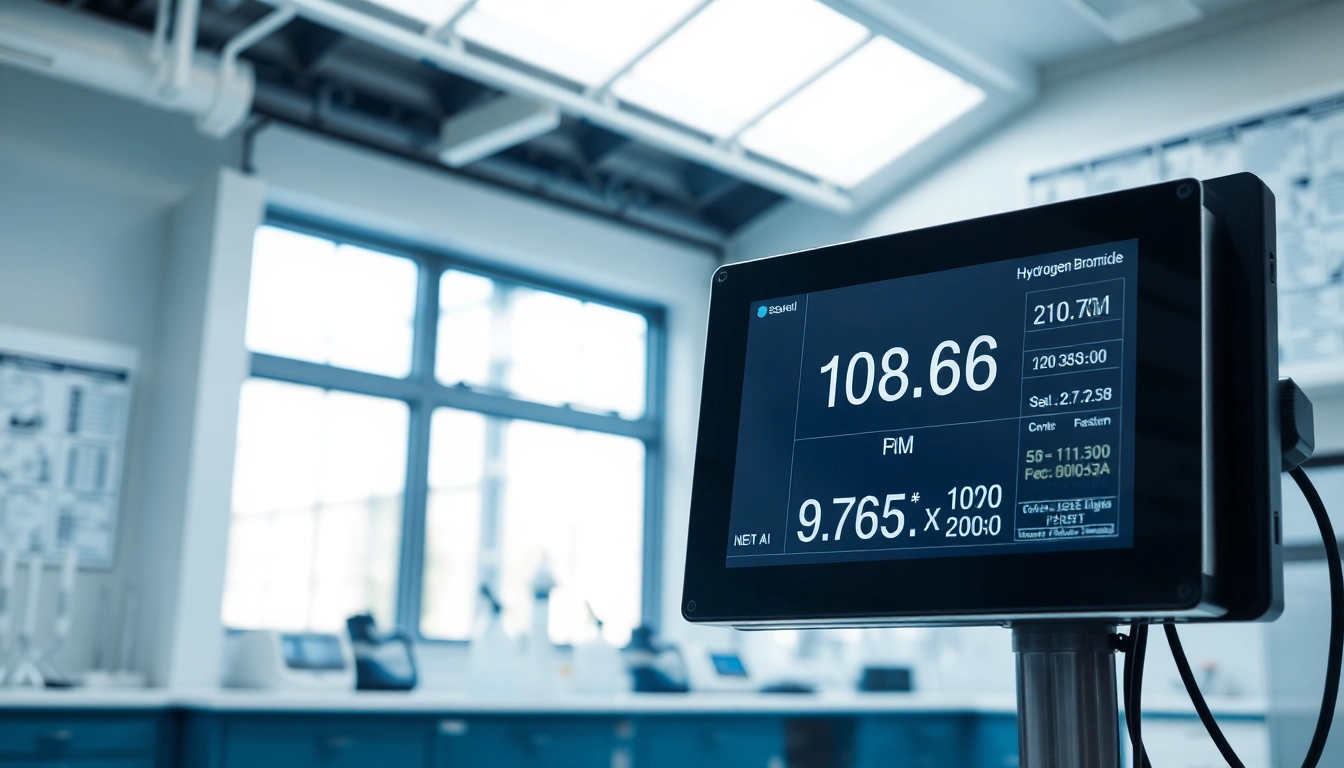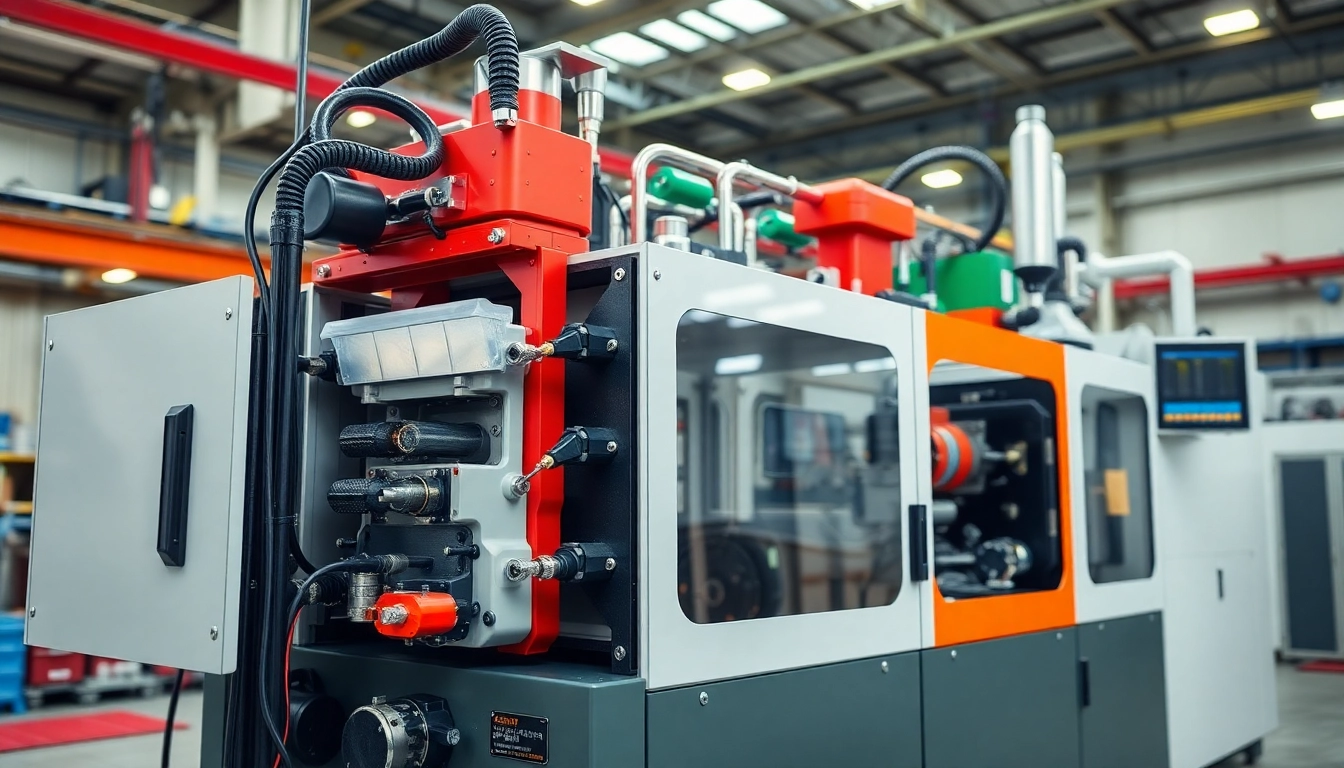Understanding Electrical Equipment Testing
Electrical equipment testing is a critical aspect of ensuring the safety, efficiency, and compliance of electrical systems in various applications. This comprehensive process involves evaluating electrical components and systems to ascertain their operational integrity, reliability, and adherence to safety standards. Electrical Equipment Testing practices are essential not only for industry regulations but also for effective risk management and operational excellence.
What is Electrical Equipment Testing?
Electrical equipment testing encompasses a variety of assessments and examinations designed to verify the functionality and safety of electrical devices and systems. These tests can include visual inspections, performance testing, and safety verification to ascertain if the equipment meets predefined standards and is safe for use. The ultimate goal is to prevent equipment failures that could lead to costly repairs, downtime, or, in the worst case, dangerous incidents affecting personnel.
Why is Electrical Equipment Testing Crucial?
The significance of electrical equipment testing extends across multiple domains. First and foremost, it is crucial for ensuring safety. Regular testing helps identify potential hazards and mitigates the risk of electrical failures. Moreover, testing is indispensable for compliance with various industry standards and regulations, which may include those set forth by the Occupational Safety and Health Administration (OSHA) or the National Fire Protection Association (NFPA). Furthermore, conducting regular inspections and tests can prolong the lifespan of equipment and systems and improve their efficiency, ultimately resulting in cost savings for organizations.
Key Components of Electrical Equipment Testing
Effective electrical equipment testing involves various components tailored to specific applications, including:
- Visual Inspections: Checking for visible damages, wear, or conditions that could compromise safety.
- Functional Testing: Ensuring electrical systems operate within designed parameters.
- Protection System Testing: Verifying safety devices like circuit breakers and fuses work correctly.
- Insulation Resistance Testing: Checking the integrity of insulation around conductive parts.
- Grounding Tests: Verifying that grounding systems effectively protect against electrical shocks.
Types of Electrical Equipment Tests
Visual Inspections and Their Importance
Visual inspections serve as the first line of defense in electrical equipment testing. These assessments involve checking equipment without technical tools to identify physical indicators of wear, damage, or environmental effects. For instance, during a visual inspection, one might look for signs of overheating, corrosion, or loose connections. This aspect of testing is especially critical as it can flag issues before they evolve into more significant problems or failures.
Insulation Resistance Tests Explained
Insulation resistance tests are performed to measure the effectiveness of the insulating materials used in electrical equipment. High insulation resistance values indicate that the equipment can withstand electrical forces without leaking current, while low values might suggest a breach in insulation integrity. These tests are vital for preventing electrical hazards, such as short circuits and equipment failures.
Continuity and Ground Fault Testing Methods
Continuity testing checks whether electrical circuits are complete, which is essential for ensuring that devices can function properly without interruptions. This involves verifying that the current can flow without any breaks in the wiring. Ground fault testing, on the other hand, verifies that ground-fault protection devices, like Ground Fault Circuit Interrupters (GFCIs), are operational. These tests prevent situations where the equipment could become a shock hazard due to fault current.
Best Practices in Electrical Equipment Testing
Preparing for Testing: Essential Steps
Preparation is key to effective electrical equipment testing. This requires a thorough understanding of the equipment, including its operational parameters and the applicable testing standards. Before testing, it is essential to ensure a safe environment by powering down equipment, implementing lockout/tagout (LOTO) procedures, and equipping technicians with the necessary personal protective equipment (PPE).
Incorporating Safety Protocols
Safety protocols are paramount when conducting electrical testing. Establishing a safety-first culture facilitates proper training for personnel on risks associated with electrical work. This includes educating staff on emergency procedures, the correct use of testing equipment, and the importance of wearing PPE to prevent electrical shock and injuries during testing processes.
Documenting Test Results Effectively
Proper documentation of test results is crucial for maintaining compliance and ensuring accountability. Each test should be logged meticulously, noting results, conditions, and any issues encountered. Consistent documentation not only provides a historical record but also helps in trend analysis for predictive maintenance, ultimately leading to informed decision-making regarding equipment replacement or upgrades.
Regulatory Standards and Compliance
Major Regulations Governing Electrical Equipment Testing
Several regulations govern electrical equipment testing, ensuring safety and compliance across various industries. Key regulations include the IEEE standards, National Electrical Code (NEC), and standards established by the American National Standards Institute (ANSI). These guidelines provide frameworks for safe electrical practices, quality assurance, and risk mitigation.
How to Ensure Compliance with Industry Standards
Ensuring compliance with industry standards starts with understanding the specific mandates that apply to your equipment and operations. Organizations should implement training programs for staff, perform regular audits and review compliance documents, and facilitate open communication about safety practices. Utilizing qualified third-party testing services can also provide invaluable insights and audits for compliance verification.
Common Compliance Pitfalls to Avoid
Common compliance pitfalls include neglecting regular inspections, using unqualified personnel for testing, and failing to stay updated with changing regulations. Organizations should implement a culture that emphasizes the importance of compliance, encouraging regular training and updates on regulatory changes. Establishing proactive maintenance schedules helps avoid lapsing into non-compliance and ensures ongoing safety standards are met.
Case Studies and Examples
Successful Electrical Equipment Testing Scenarios
A notable case of successful electrical equipment testing occurred in a large manufacturing facility that implemented a rigorous testing program. This facility conducted monthly inspections and adhered to a strict quality assurance process. After detecting insulation issues and promptly addressing them through insulation resistance testing, the facility successfully avoided unplanned downtime and equipment failure, demonstrating substantial cost savings and increased operational efficiency.
Learning from Testing Failures
Conversely, learning from testing failures offers valuable lessons for organizations. A telecommunications company experienced significant service disruptions due to ineffective grounding procedures that went unnoticed during previous inspections. After a thorough investigation and subsequent rectification of processes, including enhanced grounding tests, the company not only resolved the issue but also established a robust testing regime that significantly improved service continuity and safety.
Innovative Testing Techniques in the Industry
Innovation in electrical equipment testing is continuously evolving, with techniques such as infrared thermography and partial discharge testing gaining traction. Infrared thermography allows for the non-invasive detection of hot spots within electrical systems, indicating potential failures before they occur. Partial discharge testing, on the other hand, evaluates the electrical insulation quality. These methods provide advanced insights into equipment health, enabling predictive maintenance initiatives and reducing the need for intrusive testing methods.















Leave a Reply